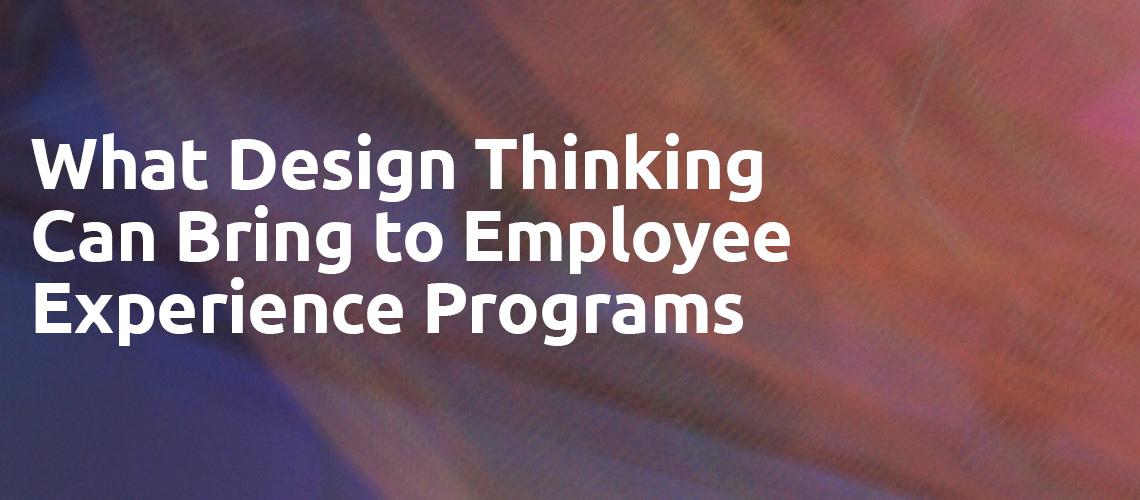A Chain of Innovation The Creation of Swiffer
This is a great case study that underlines the complexity of bringing game changing products to market. It helps to provide an understanding of just how much more is needed that a simple five step process of idea generation.










